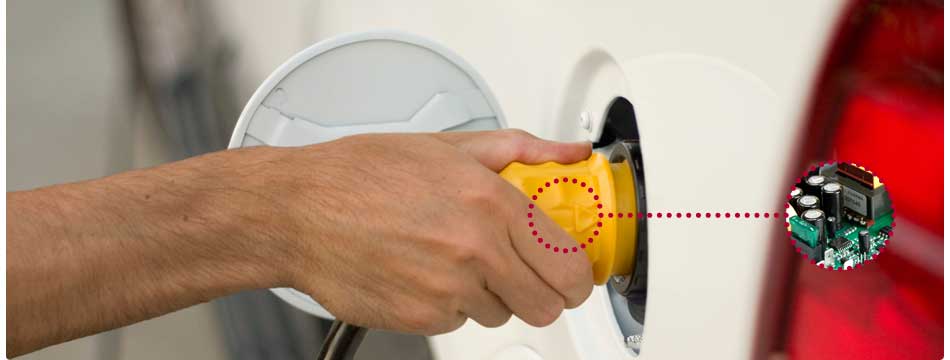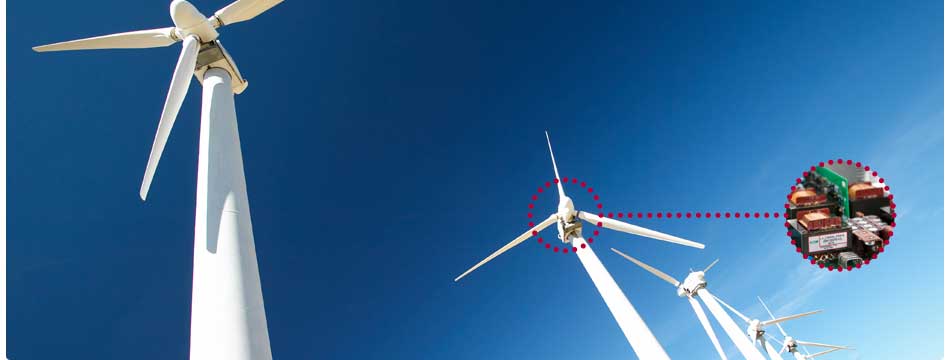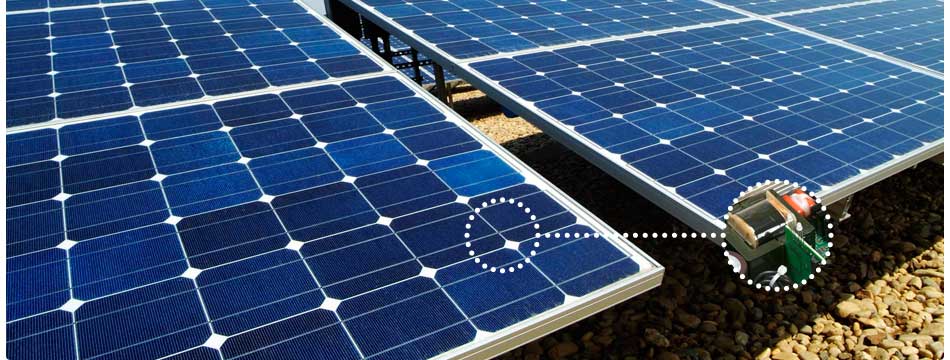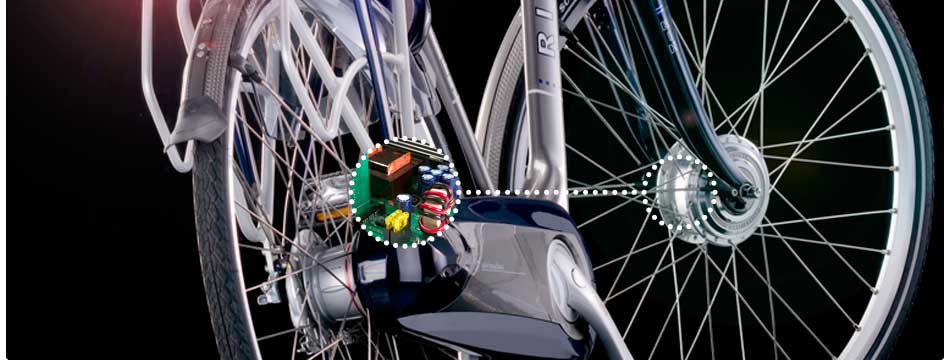
ABB identify market for in DC wallboxes for V2x, for home, office and public charging
An interesting article appeared on Electrive.net recently. It was an interview with Frank Mühlon (ABB’s head of EV Charging Infrastructure) of which we would like to give you a summary. With over 14,000 DC charging stations installed, the Swiss ABB group is among the biggest suppliers of charging infrastructure. Which developments foresees ABB and how will they respond to those developments?
Opportunities in the AC market
ABB has not been active in the AC market for long. ABB sees a clear demand for good and qualitative products for a fair price. The demand for smart integration possibilities for building management systems is also increasing. With regards to consumers, sales channels and the partner networks are much more important than making the difference in technique (much more important for DC charging). In order to strengthen their position on the AC market, ABB has taken over the Chinese company Chargedot. ABB now has a portfolio regarding the AC market, containing chargers up to 22 kW which can be used all over the world (including usage meter that can be integrated in smart buildings).
Increasing demand for DC Wallboxes
ABB not only offers AC Wallboxes, they also have DC Wallboxes in the 20kW segment on offer. By using a DC Wallbox you do not need an AC-DC converter in Electric Vehicles anymore. These converters have been designed for a maximum of 11kW; the DC Wallbox however, is able to take on up to 24kW. The required power connection is not too big and the Wallbox is easy to install. A DC Wallbox is a bit more expensive than an AC Wallbox, but considerably less expensive than a DC charging station. At the moment the demand for DC Wallboxes mostly comes from parking garages, shopping centers and restaurants. Often, vehicles are parked here a bit longer and they are charged completely within a few hours.
Consumers’ demand increases for DC V2G and V2H
ABB expects that AC chargers will be dominating the consumers’ market for now. But there is an increasing demand for smaller bidirectional DC Wallboxes however. Such devices in the 11-kW power class will then again be attractive for private customers. The demand is not only with respect to Vehicle2Grid, but also in regard to Vehicle2Home solutions for people who have an in-house photovoltaic system and stationary energy storage. This market is still in full development: there are not many suitable vehicles available yet, however ABB sees this segment as an interesting growth market and choose for DC instead of AC. DC is still easier to use when you want to connect the battery in your house with the battery in your car.
Recently, PRE has published an article about this: On-board V2G versus Off-board V2G (AC versus DC)
The future of DC charging stations
With DC charging stations the main question is to what capacity the vehicle will be charged. ABB has already developed a 350kW charger. They are in demand, however there are few vehicles with a charging capacity of over 200kW. At the moment ABB focuses their attention on high capacities without the necessity of a liquid cooled cable. These cables are more expensive, heavier, need integration with a cooling circuit and their maintenance increases too. Recently ABB has released a 180kW charging station in the market without liquid cooled cables. The most important application of this station is the parallel charging of two vehicles with a capacity of 90kW each. Without liquid cooled cables the charging power limit is 200 A.
The fast charging stations with really high capacities are used especially in spaces where people do not want to stay for long, for instance gas stations next to the highway.
Developmental focus
Currently, ABB is looking at the demand in the market and the hiatus in their portfolio. Therefore, ABB is not developing a charging station of 1 megawatt, but a less expensive 180 kW charger or a bidirectional DC Wallbox. Secondly, it concerns the further development of technology as such. For example, the liquid cooled HPC chargers have been introduced into the market with enormous speed. There is a lot of potential to create more reliable, more efficient and less expensive products, with much better technology!
The complete interview can be read here.
« Back





